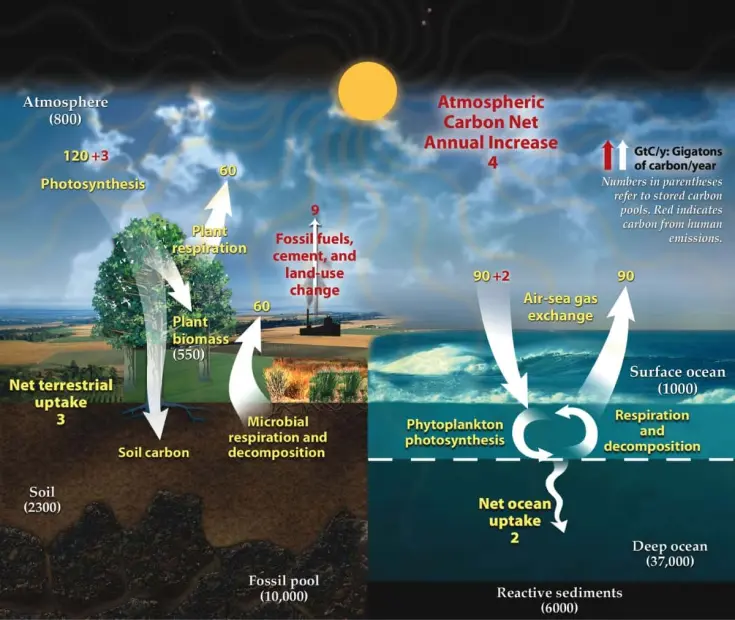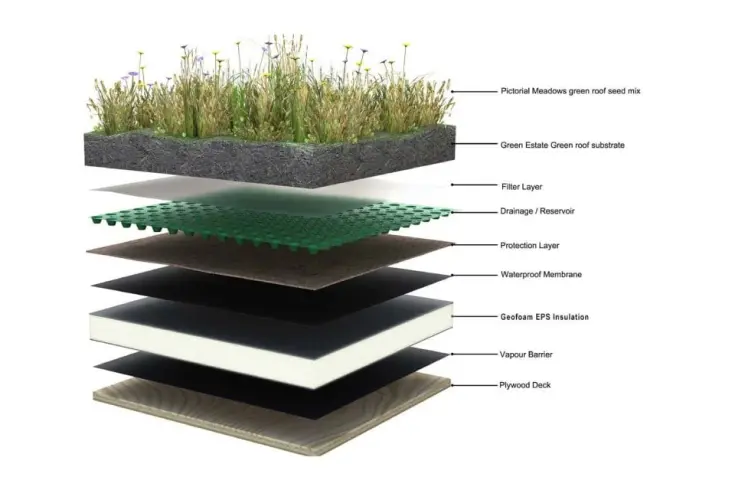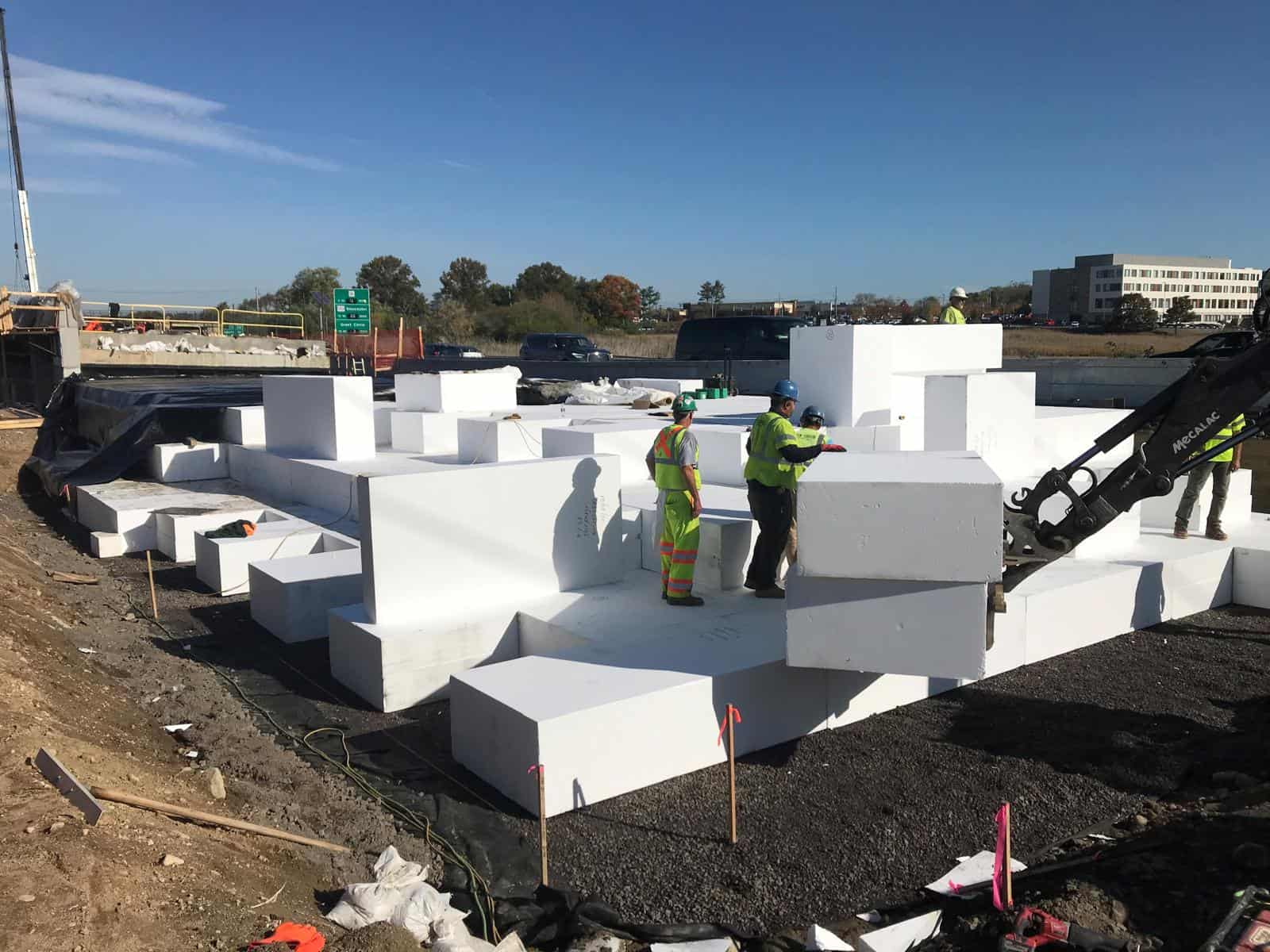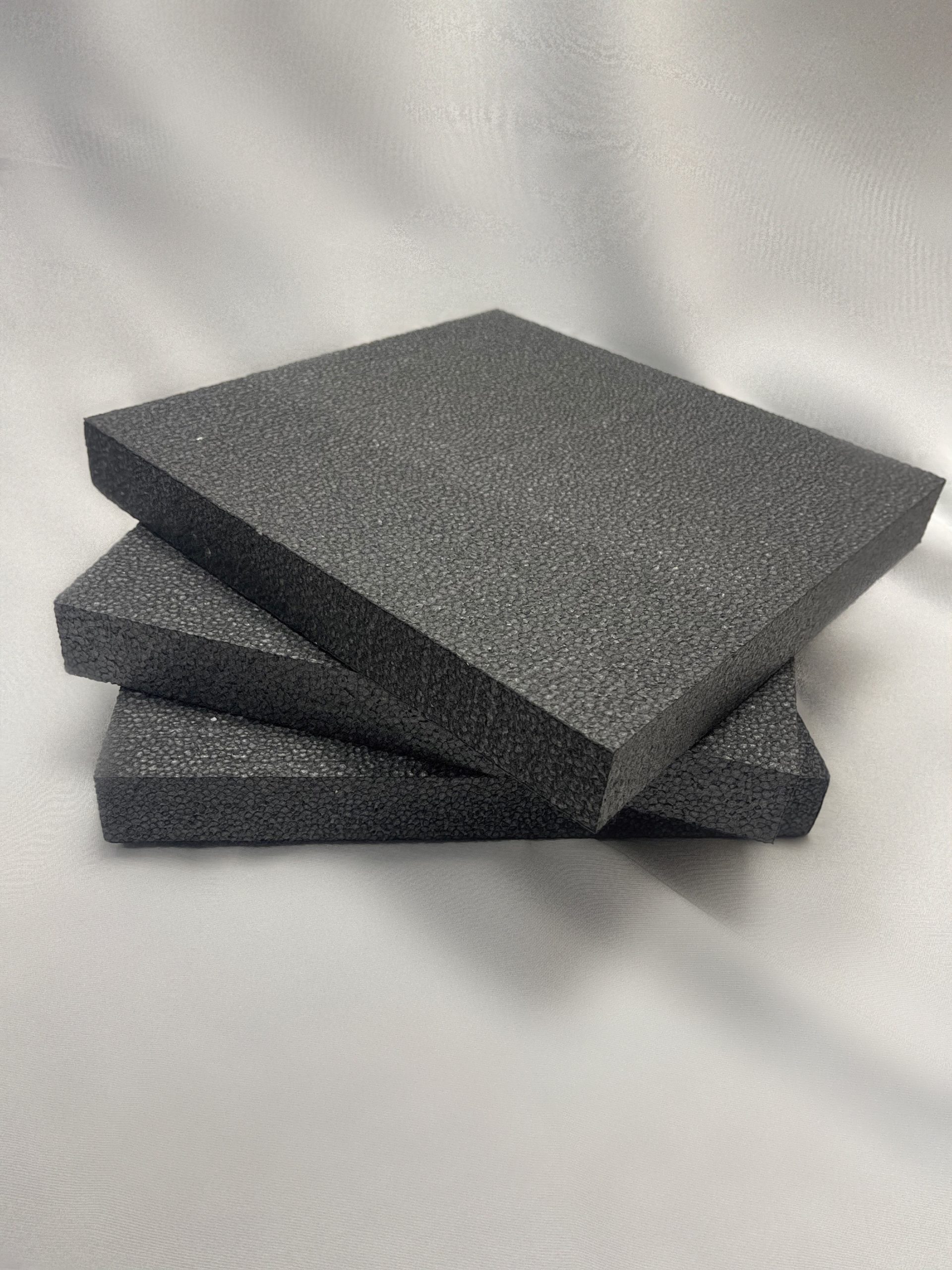The City of New York is taking its stand on combating climate change with green roofing. That doesn’t mean that we’ll be seeing skyscrapers being torn down to be rebuilt with Central Park Annexes adorning them, it does mean that the powers that be are taking up a challenge many believe makes tremendous sense at a time all-to-necessary. Regardless of your political position on climate change, global warming, or if either of those terms makes sense doesn’t matter.
Undeniable Benefits of Green Roofing
Few dispute the benefits that green roofing bring. When one considers that not only do plants consume carbon dioxide and product oxygen, green roofing takes advantage of rainfall control by absorbing and controlling runoff that can be channeled and disbursed effectively to its insulating capabilities in heat and cold contributions to the interior structures. The plants and soil absorb the summer’s heat of the sun and insulate the exterior for better indoor air temperature control, and conversely in the dead of winter.
Given their myriad benefits, it’s no surprise that several large buildings throughout New York City, such as the Javits Center, the Barclays Center and the VICE headquarters have installed green roofs.
Still, these projects represent a small fraction of all rooftop space in New York City. According to a recent estimate by the Nature Conservancy, green roofs cover about 2.6 million square feet of rooftop space in New York, which accounts for about 0.15 percent of all rooftop space citywide.
Compare that to Chicago, which boasts about 5.5 million square feet, or Washington, D.C., which has committed to installing green roofs on 20 percent of all rooftops by 2020. (Source: City and State NY)
Portland State University performed an extensive study into the effects of green roofing by utilizing half of a big-box retail store covered in white membrane compared to the other half which housed a comprehensive green roof composition. The study revealed a significant reduction in ozone penetrating the indoor air quality from the green roof versus that of the traditional membrane roof- side of the building. The ozone was literally trapped by the vegetation and soil membrane composition, thereby minimizing the ozone load on air quality.
The researchers from PSU’s departments of Mechanical and Materials Engineering, Biology and the university’s Honors College, set up measuring devices on the roof of a big-box retail store in North Portland that was split between a green roof and a more conventional white membrane roof.
They measured the air coming into the building from outdoor intake vents and found that the air coming in from the green roof area had modestly lower ozone levels than the air coming in from the unplanted area. They found that the vegetation trapped and filtered the ozone in the outdoor air.
The trapping effect is a process known as a dry deposition, in which airborne particles collect or deposit themselves on solid surfaces. It’s a natural process that is key to removing pollutants from the atmosphere. (Source: Science Daily)
Legislation in Action
With the passage of legislation by the New York City Council known as “Climate Mobilization Act” this past week, things are greening up big time. A whopping 45-2 vote in favor of seven bills designed to combat climate change and improve air quality both outdoor and indoor gives supporters a feeling of a “Green New Deal” for the city’s residents and the country.
Not only does the package of bills address climate change by energy efficiency legislation, buildings over 25,000 square feet to cut emissions affecting the climate by 40% by 2030, and more than 80% by 2050. They have also created a Property Assessed Clean Energy financing mechanism for commercial property owners. Green roof construction and maintenance will be required on certain large buildings as well as designated smaller buildings concurrently.
Green Roofs a Boon to Air Quality
We’ve touched on the fact that stormwater management, heat, and cold transference, and ozone transfer are benefits that cannot be denied. Additionally, the fact that plants create what is known as “carbon sinks” (see image above) that naturally occur. The positive effects of removing carbon dioxide from the air and replacing it with oxygen is the real need to slow the negative climate change currently being experienced. With the millions and millions of acres of the Amazon rainforest destroyed by human interference through migration, the need for greener, oxygen-producing plantation is needed more than in the history of mankind.

Heat islands, what is created by urban areas producing large amounts of harmful gases, close proximity of buildings, concrete, man-made materials and so forth can be naturally reduced through green roofing techniques.
The ancillary benefits of improved aesthetics and biodiversity positively impact health and well being for all its citizenry. Storm water management, waste control, heat and cold transfer assisting indoor temperature control and energy efficiency are all worth the consideration for cities to mirror the efforts of New York and create green islands of urbanity, not more of a concrete jungle.
At Polymolding we’re proud of the technology we produce toward the efforts of the great City of New York as the leader in combatting climate change in the ways and means it is meant to contribute, and look forward to partnering with forward-thinking developers, building maintenance and engineering firms with a concern for the future of this planet and its occupants. We hope to do our part in making tomorrow a great place for raising families, doing business and living a life breathing fresher air.
Please reach out for whatever help we can provide in the way of support, education on our green roofing expertise, and anything else we might be able to do to support your efforts for a better tomorrow.







